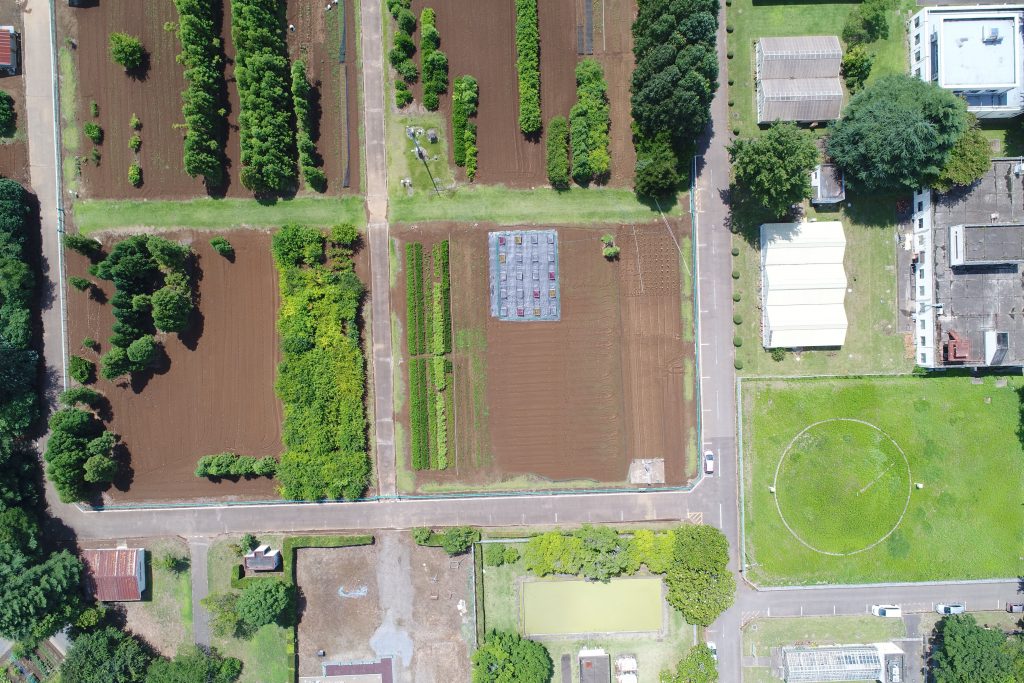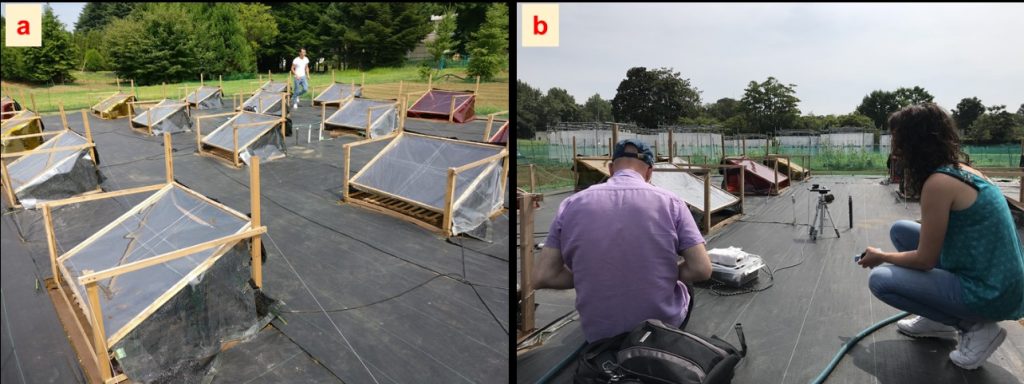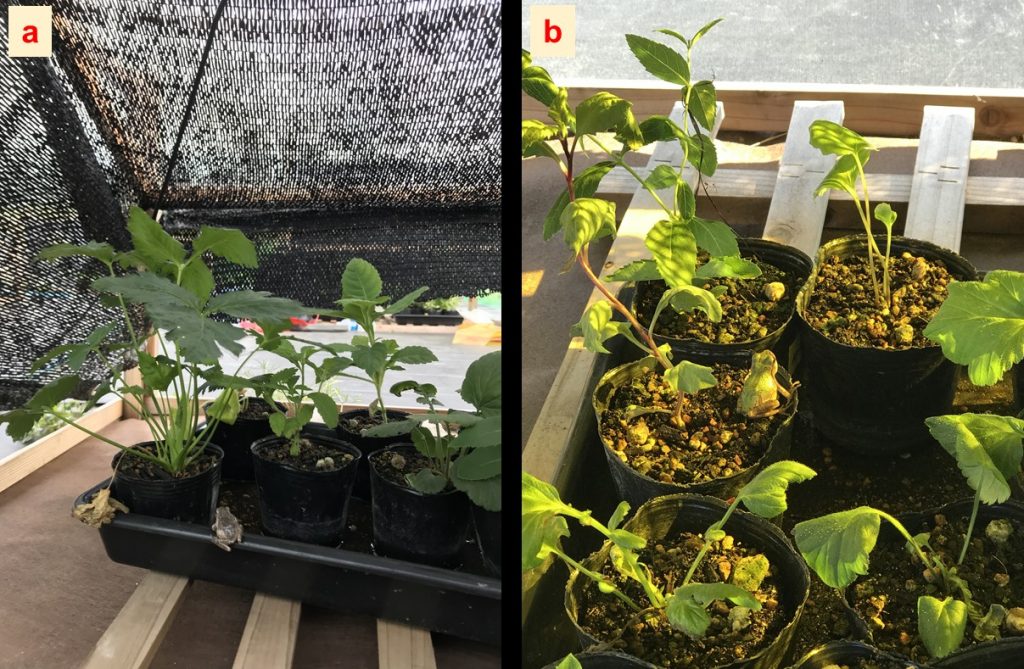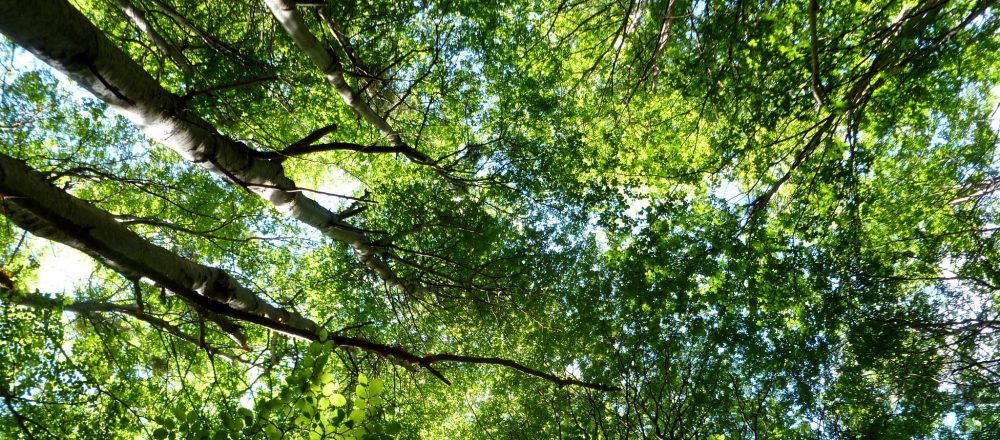An outline by Qing-Wei Wang & Matthew Robson of project, testing trait plasticity over the range of spectral composition of sunlight in forb species differing in shade tolerance, published in Journal of Ecology 2020 and in Physiologia Plantarum 2021
Many plant species can be divided into shade-tolerant and shade-intolerant categories based on how they use sunlight. Sunlight supports plant growth and productivity by supplying the energy needed for photosynthesis, but also provides cues for regulation of plant morphological, biochemical, and physiological traits, through photoreceptors and plant pigments absorbing in spectral regions from ultraviolet (UV)-B (280–315 nm) to red light (600–700 nm). Revealing whether shade -tolerant and -intolerant species differ in their plasticity to changes in the spectral composition of sunlight allows us to better understand the basis for this strategic segregation.
Changes in cloudiness, aerosols, and surface reflectivity, as well as canopy cover are occurring around the globe, dramatically modifying the spectral composition of sunlight. Thus, a better understanding of how sunlight shapes plant traits is needed, for instance, to make predictions about how climate change affects ecosystem functioning.

Existing research into the role of each spectral region, from molecular biology, horticultural and crop production, gives us a clue as to which traits we expect to be sensitive to changes in spectral composition. However, the dynamic and complex nature of sunlight, provides plants with multiple stimuli simultaneously from different spectral regions. In this respect, the understorey of temperate forest ecosystems varies greatly over the year and even during the day, due to sun angle, canopy phenology, and wavelength-selective absorption and reflection of photons by overstorey leaves. To cope with such a heterogeneous light environment, understorey species might be expected to have evolved light-dependent plasticity (the environmentally induced shift in a phenotype). Although numerous studies have focused on effects of visible light intensity and/or the red to far-red ratio (R/Fr), most fail to consider shortwave changes in spectral composition involved in sun-shade transitions. To date, it remains uncertain how much trait responses seen in lab- or greenhouse studies persist in plants growing under ambient sunlight in dynamic light environments.

To fill these gaps in our knowledge, we investigated how solar spectral composition shapes plant traits in a common garden. We examined responses of 25 typical functional traits from 11 shade-intolerant and 12 understorey shade-tolerant forb species under five filter treatments differing in spectral transmittance over the entire growing seaason. We combined filters and shade-mesh to make equivalent PAR treatments, aiming to answer two fundamental questions: 1) How are plant functional traits driven by solar spectral regions among species with different functional strategies? 2) Which functional traits respond with the greatest plasticity to spectral changes in sunlight?

We found that at equivalent PAR, differentiation among suites of functional-trait responses proceeds according to solar spectral composition. UV-B radiation mainly affected biochemical traits but blue light mainly affected physiological traits irrespective of functional strategy, whereas green light affected both sets of traits. We also found that biomass accumulation was significantly increased by UV-A radiation among shade-intolerant species, but was decreased by blue light among shade-tolerant species; the extent to which green and red light affected whole-plant morphological development differed according to functional group. Furthermore, our plasticity test showed that shade-tolerant species were more plastic than shade-intolerant species in response to each spectral region that we examined except for UV-B radiation.

Altogether, our findings highlight how differences in the spectral composition of sunlight can drive functional trait expression irrespective of total irradiance received. Our results also imply that shade-tolerant and -intolerant species have adapted to utilize spectral cues differently in their respective light environments. For forest ecosystems, such diverse plasticity among trait-suites may promote species coexistence across heterogeneous light environments in forest understoreys, e.g. by increasing niche differentiation or by generating competitive trade-offs between species.
Read all about the research in Journal of Ecology, Testing trait plasticity over the range of spectral composition of sunlight in forb species differing in shade tolerance, Qing‐Wei Wang, Thomas Matthew Robson, Marta Pieristè, Michio Oguro, Riichi Oguchi, Yoshinori Murai, Hiroko Kurokawa. http://dx.doi.org/10.1111/1365-2745.13384
Physiologia Plantarum, Leaf density and chemical composition explain variation in leaf mass area with spectral composition among 11 widespread forbs in a common garden, Qing‐Wei Wang, Chenggang Liu, Thomas Matthew Robson, Kouki Hikosaka, Hiroko Kurokawa. http://dx.doi.org/10.1111/1365-2745.13384

